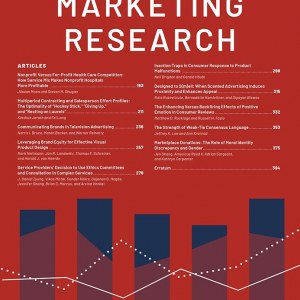
\van Everdingen\, Y., Fok, D. and Stremersch, S. (2009). Modeling Global Spillover of New Product Takeoff Journal of Marketing Research, 46(5):637--652.
-
Affiliated authors
-
Publication year2009
-
JournalJournal of Marketing Research
This article examines the global spillover of foreign product introductions and takeoffs on a focal country's time to takeoff, using a novel data set of penetration data for eight high-tech products across 55 countries. It shows how foreign clout, the susceptibility to foreign influences, and intercountry distances affect global spillover patterns. The authors find that foreign takeoffs, but not foreign introductions, accelerate a focal country's time to takeoff. The larger the country, the higher its economic wealth, and the more it exports, the more clout it has in the global spillover process. In contrast, the poorer the country, the more tourists it receives, and the higher its population density, the more susceptible it is to global spillover effects. Cross-country spillover effects are stronger the closer the countries are to one another, both geographically and economically, but not necessarily in terms of culture. The model the authors develop also quantifies the spillover between each country pair, allowing it to be asymmetric.